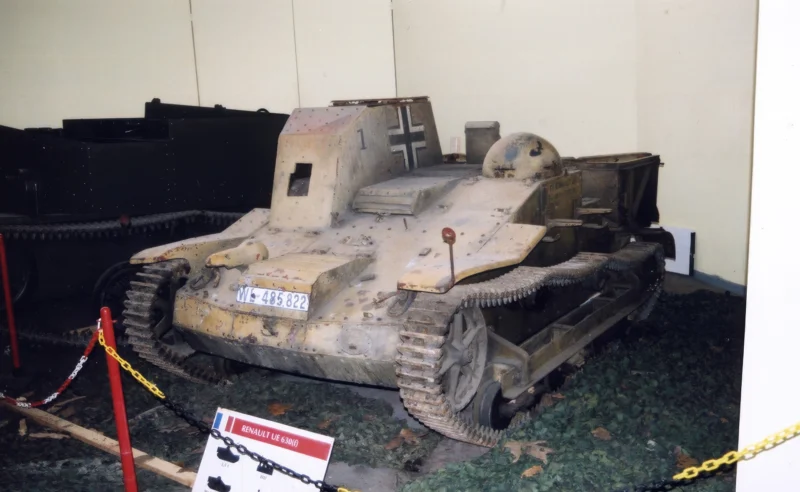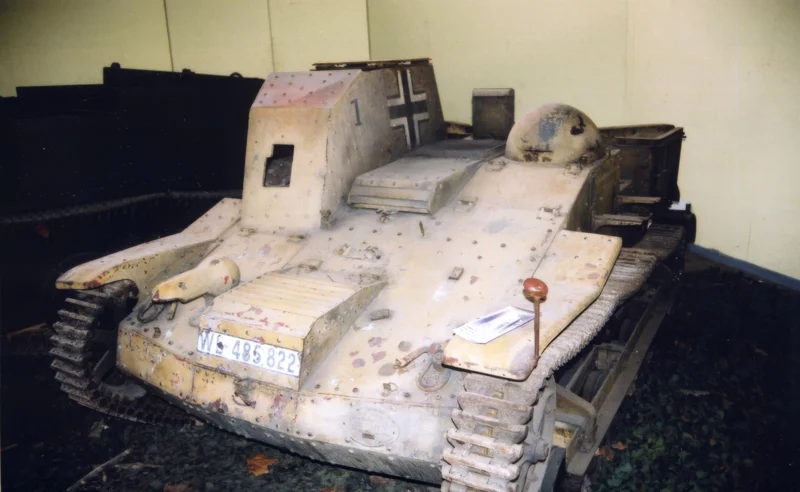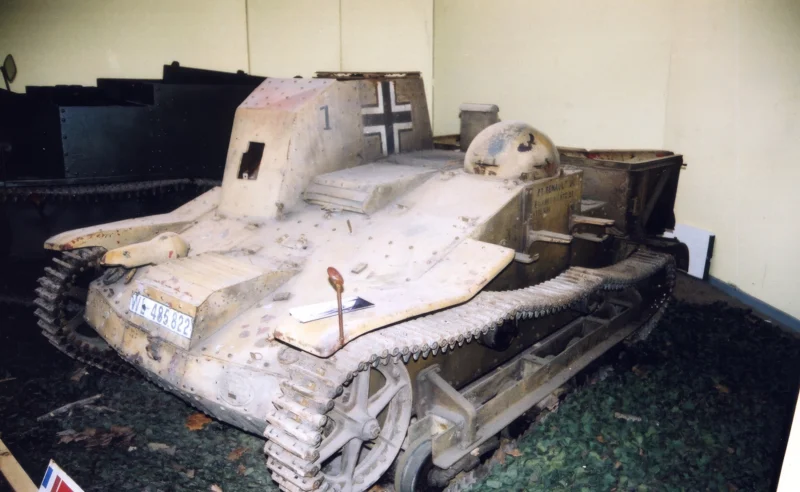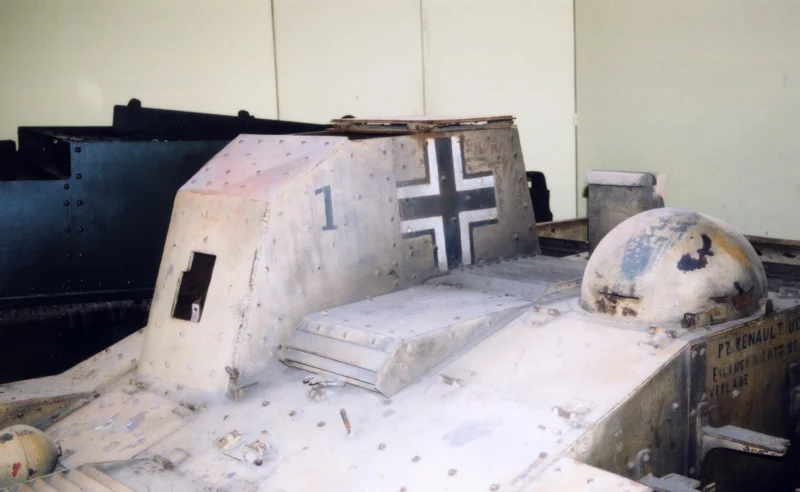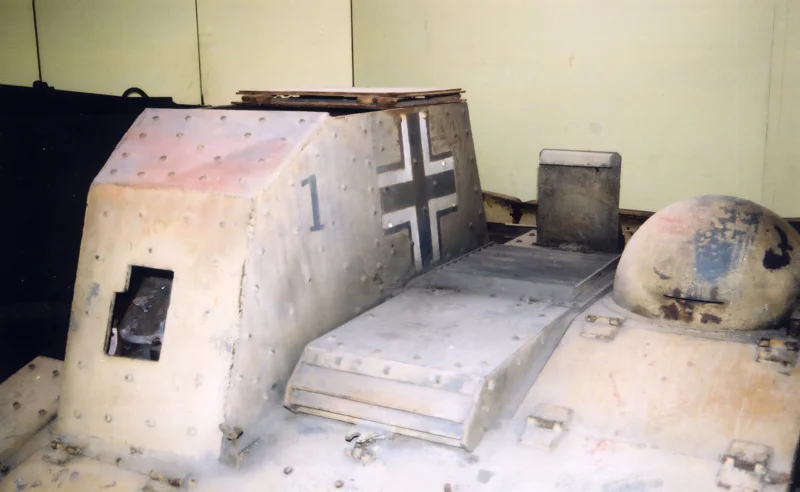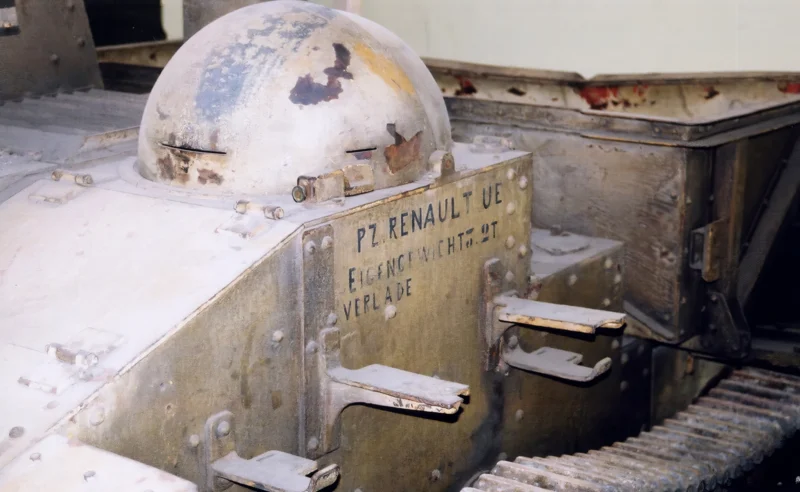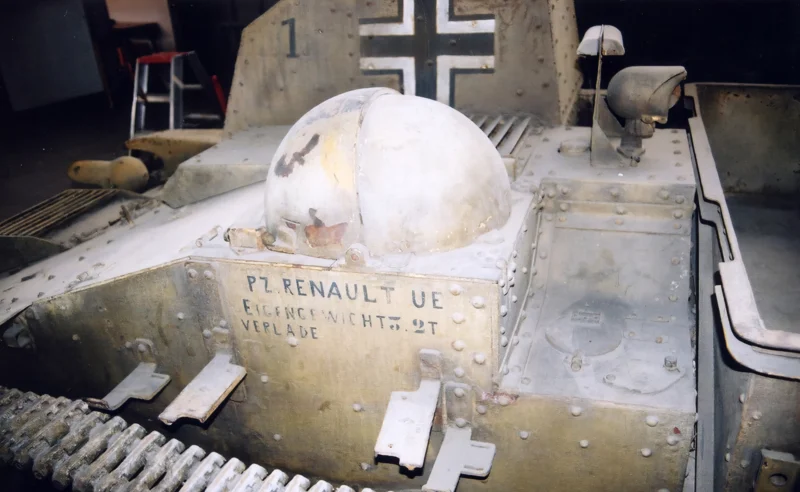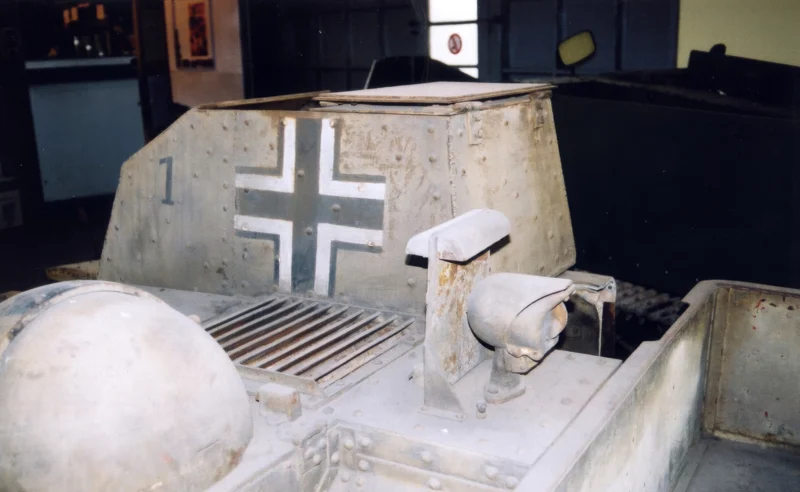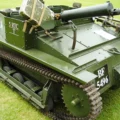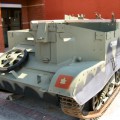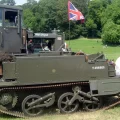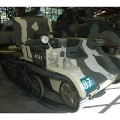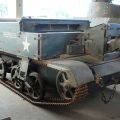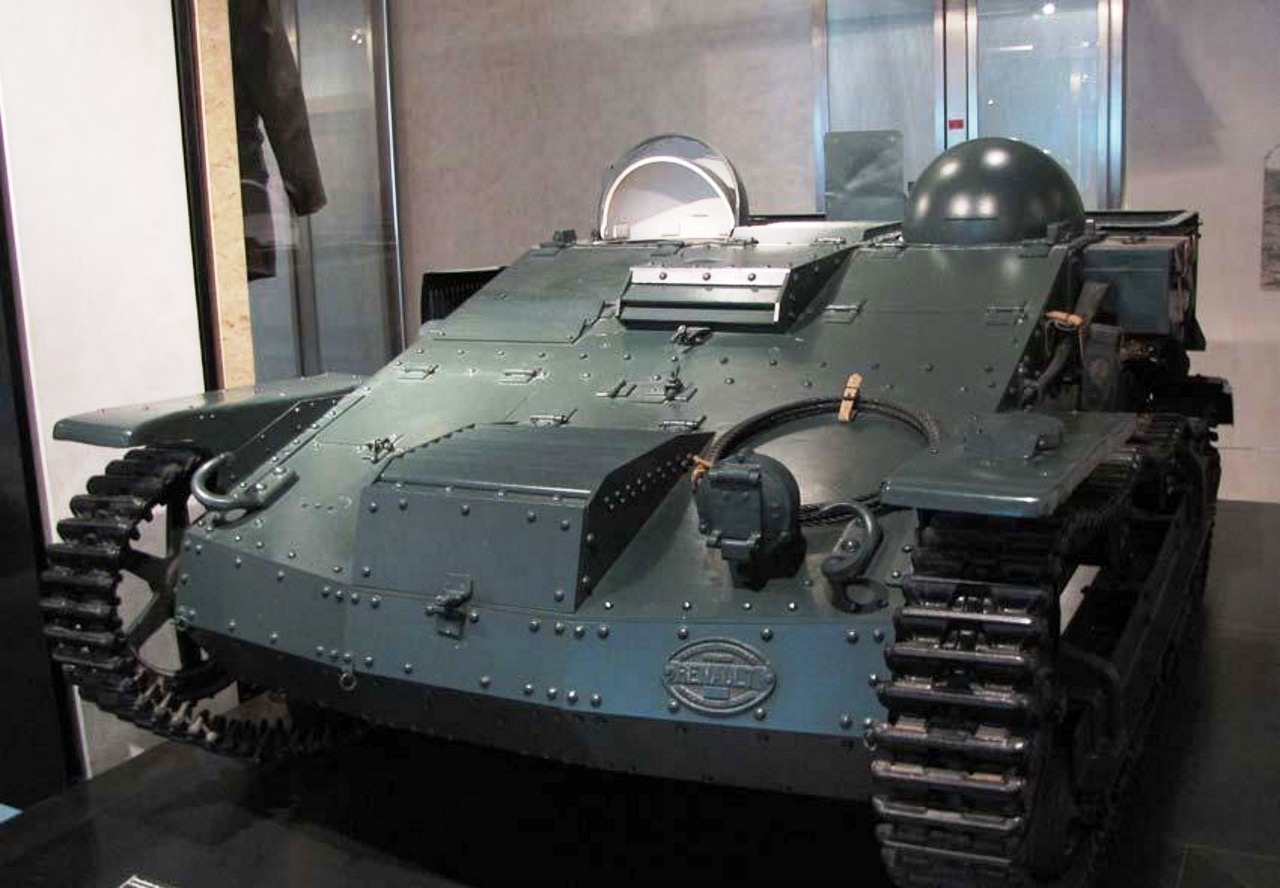
インファントリー・シュレッパー UE 630 (f2) | |
|---|---|
| 国 | フランス - ドイツ |
| 型 | 軽い装甲キャリア |
| 期間 | 第二次世界大戦 |
インファントリーシュレッパーUE 630(f)のフォトギャラリー、ザ ルノー UE シェニレット was a light tracked armoured carrier and prime mover produced by France between 1932 and 1940. During the Fall of France, about 3000 UE and UE2s had been captured by the German Wehrmacht. Most were employed unmodified, after an overhaul by the AMX (Atelier de Construction d’Issy-les-Moulineaux) factory under guidance of the German MAN-company, as tractors for the 37 mm, 50 mm and, ultimately, 75 mm and 76.2 mm anti-tank guns: the Infanterie UE-Schlepper 630(f), which also was used to tow light and even heavy infantry guns.
| Infanterie Schlepper UE 630 (f) | |
|---|---|
| カメラマン | Unknow |
| ローカライズ | 知りません |
| 写真 | 29 |
| Renault UE Schlepper Walk Around | |
|---|---|
| カメラマン | Unknow |
| ローカライズ | 知りません |
| 写真 | 20 |
関連項目:
インファンテリー・シュレッパーUE630は、第二次世界大戦中にドイツ軍が使用した軽装軌式装甲運搬車です。これは、1940年のフランス侵攻後にドイツ軍によって捕獲され、改造されたフランスのルノーUEシェニレットに基づいていました。シュレッパー歩兵連隊 UE 630 の乗員は 2 名で、最大 6 人の歩兵または600 kg の貨物を運ぶことができました。武装は7.92 mm MG 34機関銃を車体前部のボールマウントに搭載していました。Infanterie Schlepper UE 630は、主に偵察、軽砲の牽引、弾薬や物資の輸送、通信ケーブルの敷設に使用されました。最高速度は30km/h、航続距離は125km。前面に 9 mm、側面と背面に 6 mm の装甲で保護されていました。インファンテリー・シュレッパーUE630は、フランス製エンジン搭載のUE630(f)、ベルギー製エンジン搭載のUE630(b)、無線機搭載のUE630(r)など、いくつかのバリエーションが生産された。シュレッパー歩兵連隊 UE 630 は、特に北アフリカとロシアのあらゆる戦線でドイツ軍部隊に広く配布されました。また、イタリア、ハンガリー、ルーマニア、ブルガリアなど、ドイツの同盟国にも輸出されました。

ビュー : 2002
